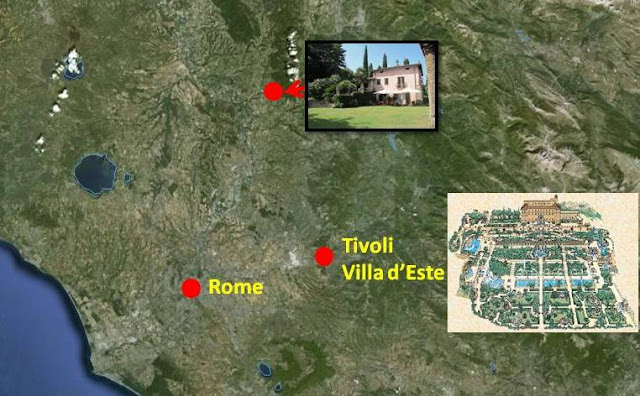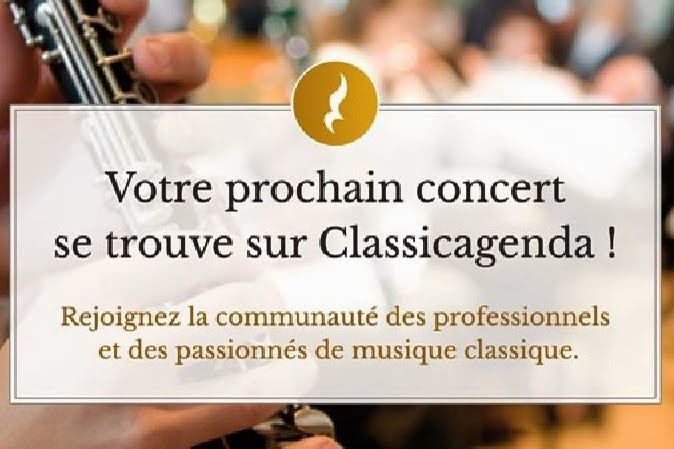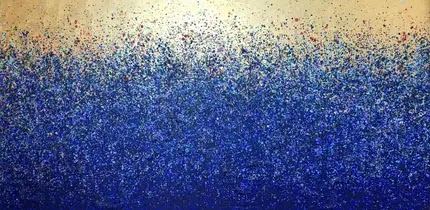Well,
normally, this is a blog about Paris, so although Rome may be considered as my
second most beloved Capital, I will try to make the text short. Furthermore, we
spent little time in Rome, preferring enjoying the countryside, the
swimming-pool… and the more close sightseeing had already been done at previous
visits.
However… a few pictures from some of the compulsory
places, like Fontana di Trevi (see also top picture), Piazza di Spagna, Piazza
Navona, Campo de Fiori, Monte Capitolino…
Rome is of
course full of “ruins” from Roman times, including the Colosseo.
One of the Roman
buildings which stands as it was built 126 A.D. is the Pantheon. It still today
has the world’s largest unreinforced concrete dome!
Too many churches
to visit, but here are a few views from Chiesa Santa Maria in Ara Coeli al
Campidoglio, Chiesa Nuova, Chiesa del Gesu.
A special
mention for Palazzo Farnese. Originally built for the Farnese family (popes…)
during the 16th century, with Michelangelo as one of its architects, it’s now
the French Embassy.
Some beautiful
very old bridges lead over the Tiber, including the Ponte Fabricio, built 62
B.C….
… which will bring you to the Trastevere on
the other side of the river with its narrow streets, full of bars and
restaurants… (I learnt that Sergio Leone and Ennio Morricone grew up here and
even were in the same school class for a year.)
Climbing
the hill behind, the Janiculum, you have some splendid views over Rome.
Another way
to get a view of all the towers and roofs is to get up on the Pincian Hill
behind Piazza de Spagna, where you also will find Villa Medici, now belonging
to the French Academy, Villa Borghese… and a lot of green space.








































































